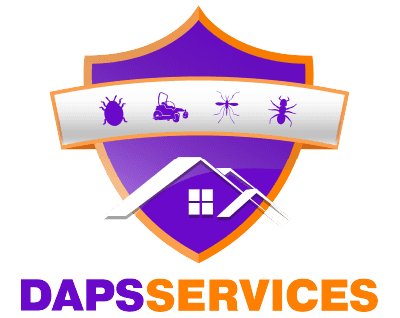Keeping a pest-free home goes beyond the occasional spray or trap. Pests are drawn to food, water, shelter, and easy access; all of which the average home can unintentionally provide. Once inside, infestations can develop rapidly, causing damage to property and creating health concerns for the people living there. Fortunately, with consistent prevention strategies rooted in professional experience, homeowners can significantly reduce their risk. Below are key expert recommendations to help prevent pest infestations and maintain a secure, hygienic living space year-round.

Understand What Attracts Pests to Your Property
Preventing infestations begins with understanding what pests are looking for. Most common invaders, including ants, roaches, rodents, and spiders, are searching for three primary things: food sources, water, and shelter. These necessities are often easier to access than homeowners realize.
Food remnants on kitchen counters, improperly stored pet food, and even crumbs under appliances serve as steady food sources. Moisture issues, such as leaky pipes, clogged gutters, or condensation buildup, also attract pests looking for reliable water. Meanwhile, cluttered storage areas and gaps around the home offer convenient hiding and nesting spots.
Recognizing these conditions allows you to take proactive steps. Think of your home from the perspective of an insect or rodent. If something is easy to reach and offers comfort, it’s likely to attract activity.
Outdoor Maintenance Tips That Matter
Pest prevention doesn’t start at the front door, it starts at the perimeter of your home. The yard, garden, and foundation line all play critical roles in either repelling or welcoming pests.
To effectively prevent pest infestations, keep up with these outdoor maintenance practices:
- Keep vegetation trimmed back. Overgrown shrubs and tree limbs that touch your house can serve as bridges for insects and rodents.
- Clear standing water. Pooled water in birdbaths, planters, or clogged gutters invites mosquitoes and other moisture-loving pests.
- Seal outdoor trash. Garbage and recycling bins should be tightly sealed and cleaned regularly to avoid attracting raccoons, ants, and flies.
- Inspect outdoor lighting. Bright white lights near entry points attract insects. Consider switching to yellow or sodium vapor bulbs.
- Maintain firewood distance. Store firewood at least 20 feet away from your home and elevated off the ground to reduce termite and ant activity.
A clean, dry, and clutter-free exterior significantly reduces the number of pests looking to migrate inside.
Interior Habits That Support Long-Term Prevention
Once the exterior is maintained, shift focus to the daily practices inside your home. Consistency here is key to cutting off food and water sources and ensuring that pests have nowhere to hide or reproduce.
Even clean homes can unknowingly provide entry points or food trails. Be mindful of the following indoor habits to strengthen your defenses:
- Wipe down counters and appliances daily to remove food debris and spills.
- Store food in airtight containers, especially in pantries or garages.
- Empty garbage regularly and clean bins to avoid residue buildup.
- Fix leaks promptly. Even a dripping faucet or a sweating pipe can draw pests.
- Avoid clutter. Storage areas should be tidy and elevated to discourage nesting.
- Monitor entry points. Use door sweeps, window screens, and caulk to seal gaps.
For comprehensive protection, don’t overlook hidden areas like behind the fridge, under sinks, or around laundry machines.
Signs That You May Already Have a Problem
While prevention is ideal, subtle signs often indicate that pests have already made their way in. Catching these early helps limit the damage and keeps infestations from growing unnoticed.
Unusual sounds like scratching behind walls, grease marks along baseboards, or droppings around food storage areas are strong indicators. You may also notice live insects in areas of high moisture, such as bathrooms or basements, or damaged packaging in your pantry. These subtle but clear red flags should never be ignored.
In some cases, pests are discovered only after significant activity has taken place. For example, a hidden cockroach colony may go unnoticed until nighttime sightings become frequent. This is why homeowners often benefit from resources like this comprehensive guide when cockroach sightings begin.
When Prevention Isn’t Enough: Calling in the Experts
There are instances when even well-maintained homes experience pest problems. Whether it’s due to structural vulnerabilities, nearby wooded areas, or high seasonal activity, some infestations require more than routine habits and home repairs.
If you’re dealing with repeated issues, unexplained pest sightings, or signs of a hidden nest, it’s often more efficient to seek help from professionals. A trained technician can perform a detailed inspection, identify access points, and apply safe, strategic treatments that reach beyond the surface level. One of the most overlooked strategies includes professionally sealing your home against pests, which creates a physical barrier that’s difficult for pests to bypass.
Partnering With DAPS Services
Professional services don’t just treat symptoms, they address the root cause and help implement long-term strategies tailored to your specific property and surrounding environment. It’s the difference between a temporary solution and lasting peace of mind.For thorough, expert-backed protection that ensures your home stays pest-free throughout the year, contact our team at DAPS Services today.

